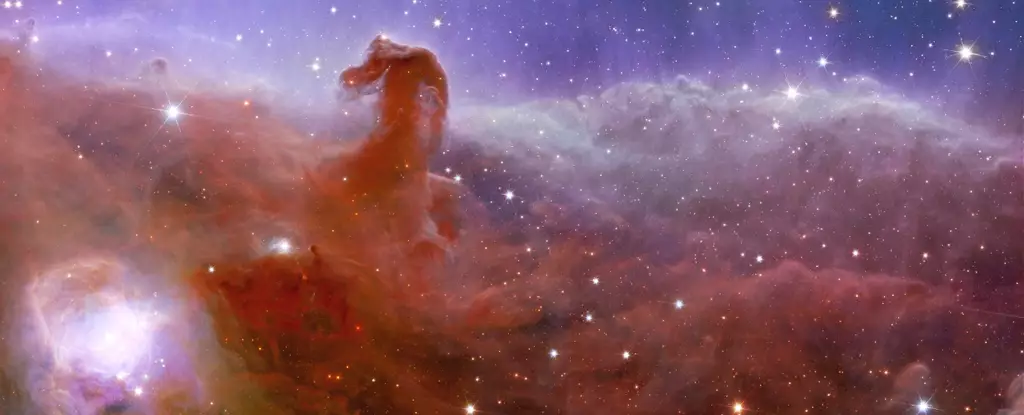The European Space Agency’s Euclid space telescope has recently unveiled a breathtaking array of images, showcasing the beauty and complexity of our universe. From shimmering galaxies to mysterious dark matter, these images offer a glimpse into the vast expanse of space beyond our planet.
One of the most striking images captured by Euclid is that of the massive cluster of galaxies known as Abell 2390, located 2.7 billion light years away from Earth. This cluster contains more than 50,000 galaxies, each potentially housing trillions of stars. The presence of dark matter in this cluster is evident through the distortion of light from background galaxies, revealing the invisible force that shapes the cosmos.
Dark matter and dark energy, which make up a majority of the universe, remain enigmatic forces that astronomers are trying to understand. The images captured by Euclid hint at the presence of dark matter between galaxy clusters, offering valuable insights into the nature of these elusive entities. The faint light of “orphan stars” drifting through the cluster points towards the presence of dark matter and its gravitational effects on celestial bodies.
Euclid’s images also showcase the birth of stars in the Messier 78 star nursery, located 1,300 light years away in the Orion constellation. The vibrant colors and intricate patterns of star formation captured in this image illustrate the dynamic processes at play in our universe. The telescope’s unique ability to capture deep-space phenomena in a single shot sets it apart from other space observatories.
In an unexpected turn of events, Euclid’s images of the Dorado cluster revealed a never-before-seen dwarf galaxy, challenging the existing knowledge of this well-studied celestial object. This discovery highlights the potential of Euclid to uncover hidden gems in the vastness of space, expanding our understanding of the cosmos.
As Euclid continues its mission to explore the mysteries of the universe, scientists are hopeful that it will reveal new insights into celestial bodies such as “rogue” planets and further unravel the mysteries of dark matter and dark energy. Despite challenges faced during the mission, the Euclid team remains dedicated to pushing the boundaries of space exploration and scientific discovery.
The images captured by Europe’s Euclid space telescope offer a captivating glimpse into the wonders of the cosmos, from distant galaxies to the invisible forces that shape our universe. With each new discovery, we inch closer to unlocking the secrets of the universe and expanding our understanding of the world beyond our planet. The mission of Euclid represents a crucial step forward in the exploration of space and the pursuit of knowledge that transcends the boundaries of our world.



Leave a Reply